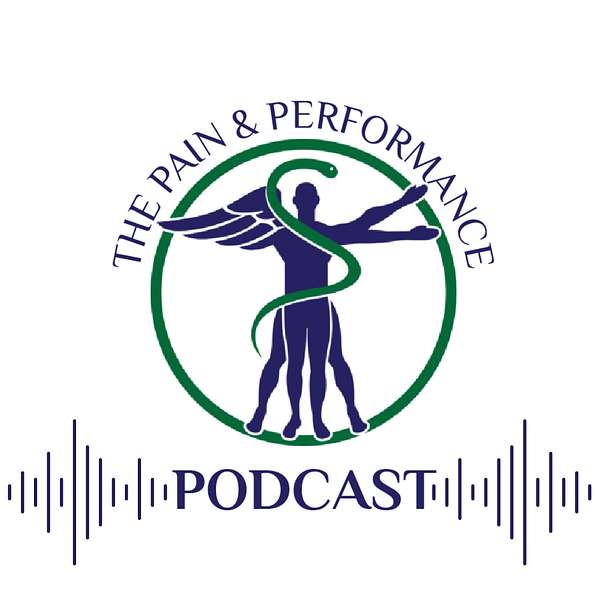
The Pain and Performance Podcast
The Pain and Performance Podcast
The Secret to Pain Relief
"Pain is not a medical problem, it's a movement problem."
Welcome to another episode of the Pain and Performance Podcast. In this episode, Dr. Chad and I discuss the most likely causes of low back pain and the importance of a comprehensive approach to treatment. We emphasize that pain is a movement problem, not a medical problem, and that movement itself can both cause and alleviate pain. We explain that a functional diagnosis is more important than a specific medical diagnosis, as it focuses on identifying movement patterns and restrictions that contribute to pain. We also discuss the role of fascia in movement and pain, highlighting the interconnectedness of the body and the need to address movement dysfunctions to achieve long-term pain relief. In this conversation, Dr. Chad and I discuss the importance of understanding the source and root cause of pain, rather than just treating the symptoms. We highlight the need for a shift in the healthcare system to focus on innovation, critical thinking, and personalized care. We also address the issue of infighting and lack of collaboration within the physical therapy profession. Dr. Chad emphasizes the importance of addressing movement limitations and using joint mobilizations to improve mobility. He encourages individuals to know their body's limitations and take proactive steps to prevent future problems.
Takeaways
-- Pain is a movement problem, not a medical problem.
-- A functional diagnosis that focuses on movement patterns is more important than a specific medical diagnosis.
-- Movement itself can both cause and alleviate pain.
-- Addressing movement dysfunctions is crucial for long-term pain relief.
-- Fascia plays a significant role in movement and pain, highlighting the interconnectedness of the body. Understanding the source and root cause of pain is crucial for effective treatment.
-- The healthcare system needs to prioritize innovation, critical thinking, and personalized care.
-- Infighting and lack of collaboration within the physical therapy profession hinder progress.
-- Addressing movement limitations and using joint mobilizations can improve mobility.
-- Individuals should know their body's limitations and take proactive steps to prevent future problems.
Chapters
00:00 Introduction
03:22 Pain as a Movement Problem
12:57 The Role of Fascia in Movement and Pain
24:40 The Limitations of Medical Diagnosis
29:38 The Importance of a Functional Diagnosis
32:47 Understanding the Source and Root Cause of Pain
35:23 The Need for Innovation and Critical Thinking in Healthcare
38:41 Collaboration and Overcoming Infighting in the Physical Therapy Profession
46:19 Improving Mobility through Joint Mobilizations
52:55 Taking Proactive Steps to Prevent Future Problems